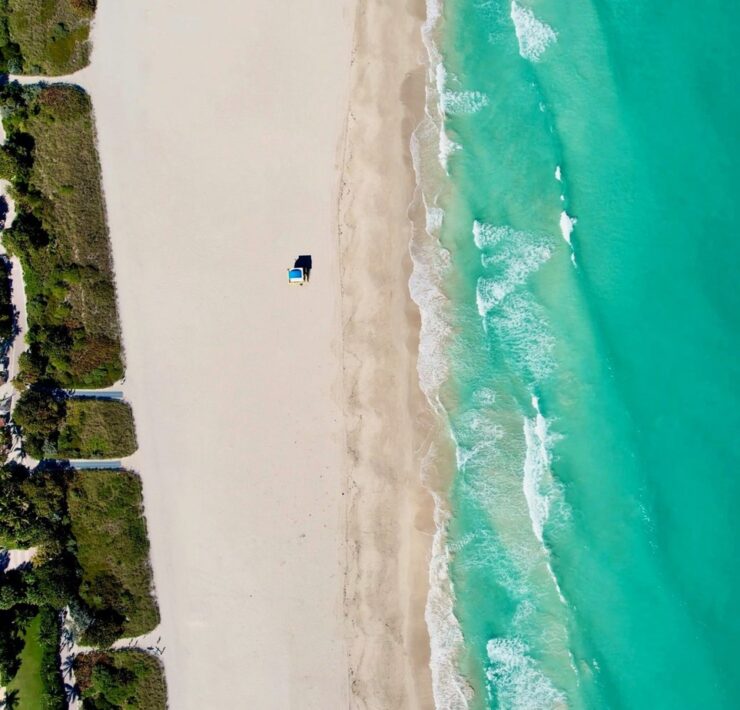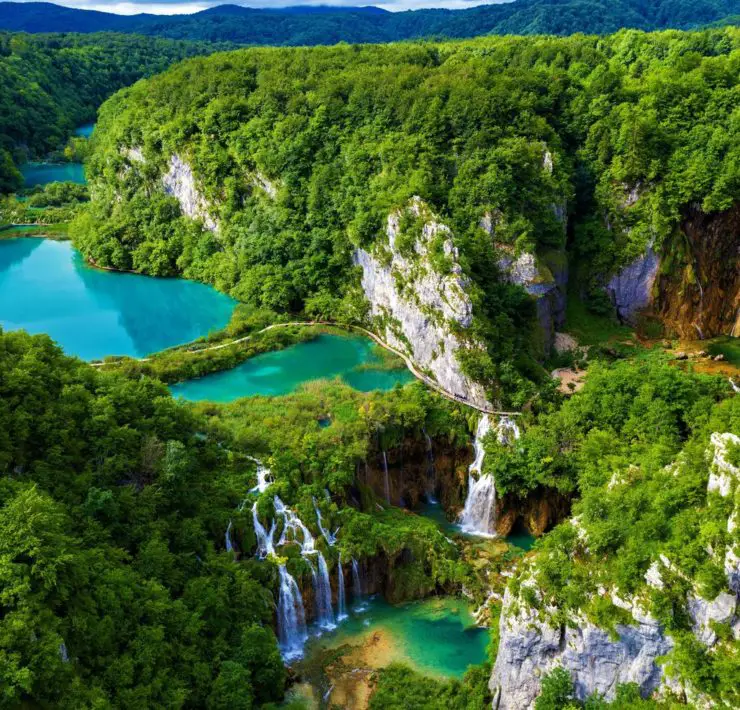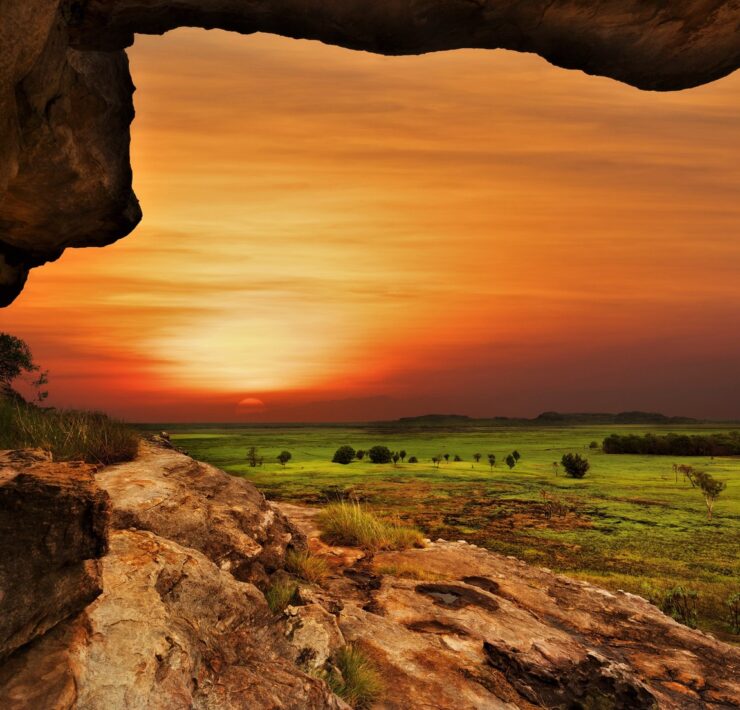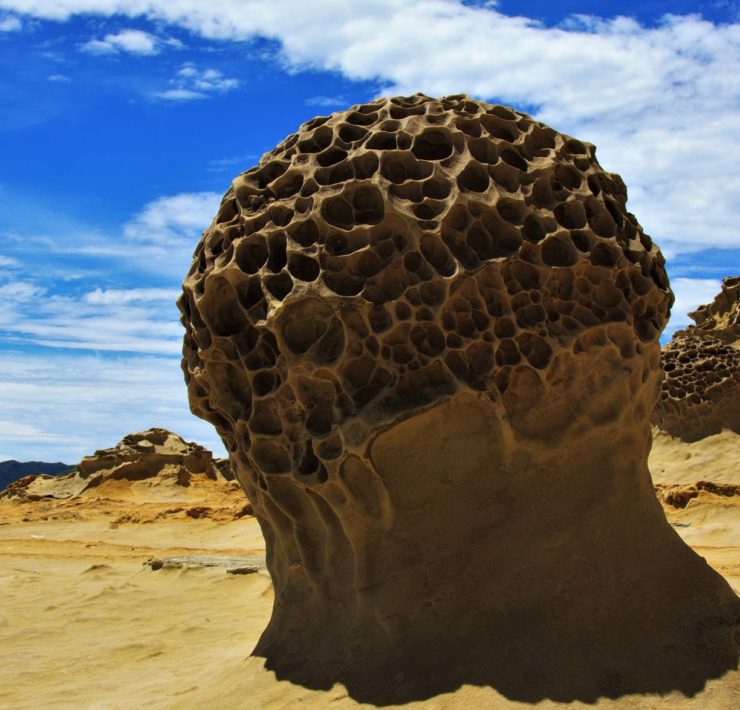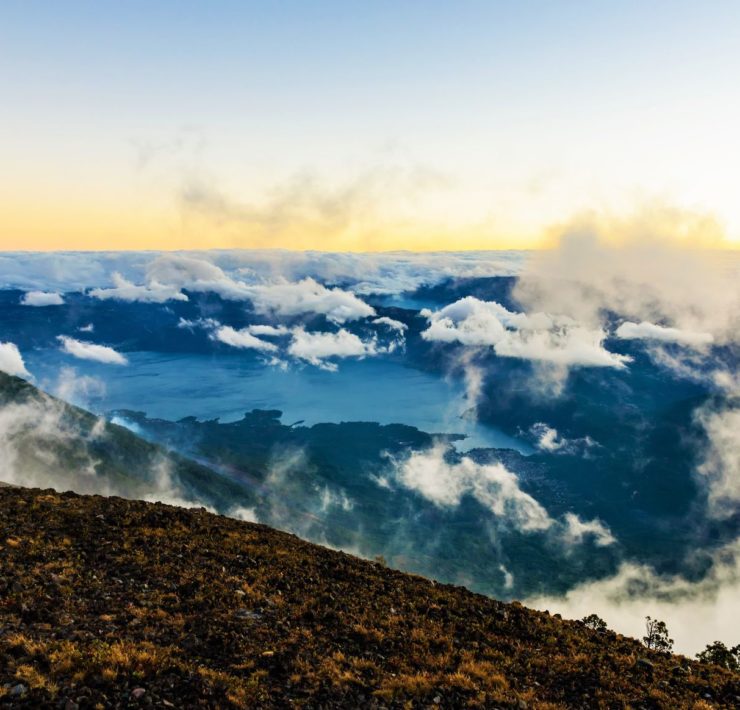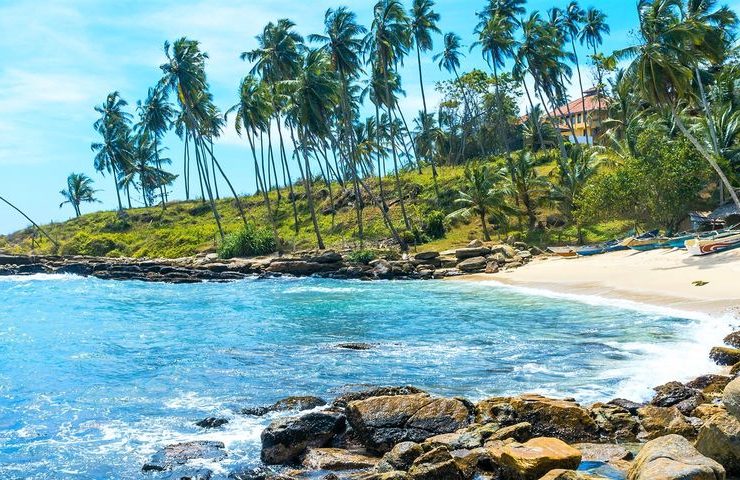Spiral Jetty is a famous earthwork sculpture situated on the northeastern section of the Great Salt Lake at Rozel Point peninsula in the state of Utah. The structure, which comprises black basalt rocks, mud and crystallized salt, coils from the shore into the lake in an anti-clockwise fashion, measuring 1,500 feet in length and 15 feet in width. Its construction is credited to American sculptor Robert Smithson. The visibility of the structure varies from season to season as determined by the levels of the lake.
History
Spiral Jetty represents one of the most impressive structures to have resulted from a shift in focus of some American artists to landscape-inspired works in the 1960s. Its construction started in April 1970 and took just six says to complete. The choice of location for the earthwork was said to have been informed by Smithson’s attraction to the red color of the lake, which is attributed to the presence in it of salt-tolerant algae and bacteria. The sculptor, who already had established a reputation for his widely varied works before the erection of the Spiral Jetty, brought on Bob Phillips of Parson’s Construction from Ogden, Utah to assist in the construction. A tractor, front-end loader and two dump trucks were needed to move the over 6,600 tons of black basalt rocks and earth required for the structure.
Spiral Jetty’s Visibility
Due to its location in the Great Salt Lake, Spiral Jetty has not always remained in view above water level. About two years after its completion, the earthwork sculpture became submerged under the water and remained so for 30 years before reappearing in 2002 as a result of drought. The elevation of the Great Salt Lake’s northeastern shore was about 4,195 feet when the artwork was built. So water levels above 4,195 feet can leave Spiral Jetty submerged. But you may still be able to see the tops of some of the rocks at 4,197 feet. It is advised to check the USGS website for water levels before visiting. The lake is usually at its lowest levels in the months of October and November.
Preservation of the Earthwork
Efforts have been made to preserve Spiral Jetty, which was donated by the Estate of Robert Smithson to Dia Art Foundation in 1999. It has been proposed that more basalt rocks be added to the site to address the challenges of rock discoloration and impact of increasing number of visitors as well as to ensure the structure is not easily submerged when water levels rise. Plans for exploratory oil drilling in the proximity of Spiral Jetty in 2008 were vehemently opposed by artists.
Visiting Tips
Planning to visit Spiral Jetty? Here are few tips that could help you avoid issues on the way or while there.
Check water level – As mentioned earlier, Great Salt Lake water levels fluctuate from time to time. So you will do well to check the levels on the USGS website before heading out.
Have refreshments ready – It is worthy of note that there is no place where food can be bought near Spiral Jetty. You are advised to take some snacks and drinks along, especially when going on the visit with your kids.
Get enough fuel – There are no gas stations in the immediate vicinity of the earthwork sculpture. You will do well to make sure you have sufficient fuel in your tank that can take you to Spiral Jetty and back before setting out.
Wear the right shoes – The surface of the jetty is irregular and rocky. You may also have to do some wading through the water, so it is recommended to wear shoes that can protect your feet well.
Spiral Jetty is worth a visit, especially if you happen to be a fan of artworks built into landscapes. You may also take time off to check out the nearby Golden Spike National Historic Site on your way.
When On Earth Magazine is for people who love travel. We provide informative travel guides, tips, ideas and advice regarding places to see, things to do, what to taste, and much more for world travelers seeking their next dream vacation destination.

